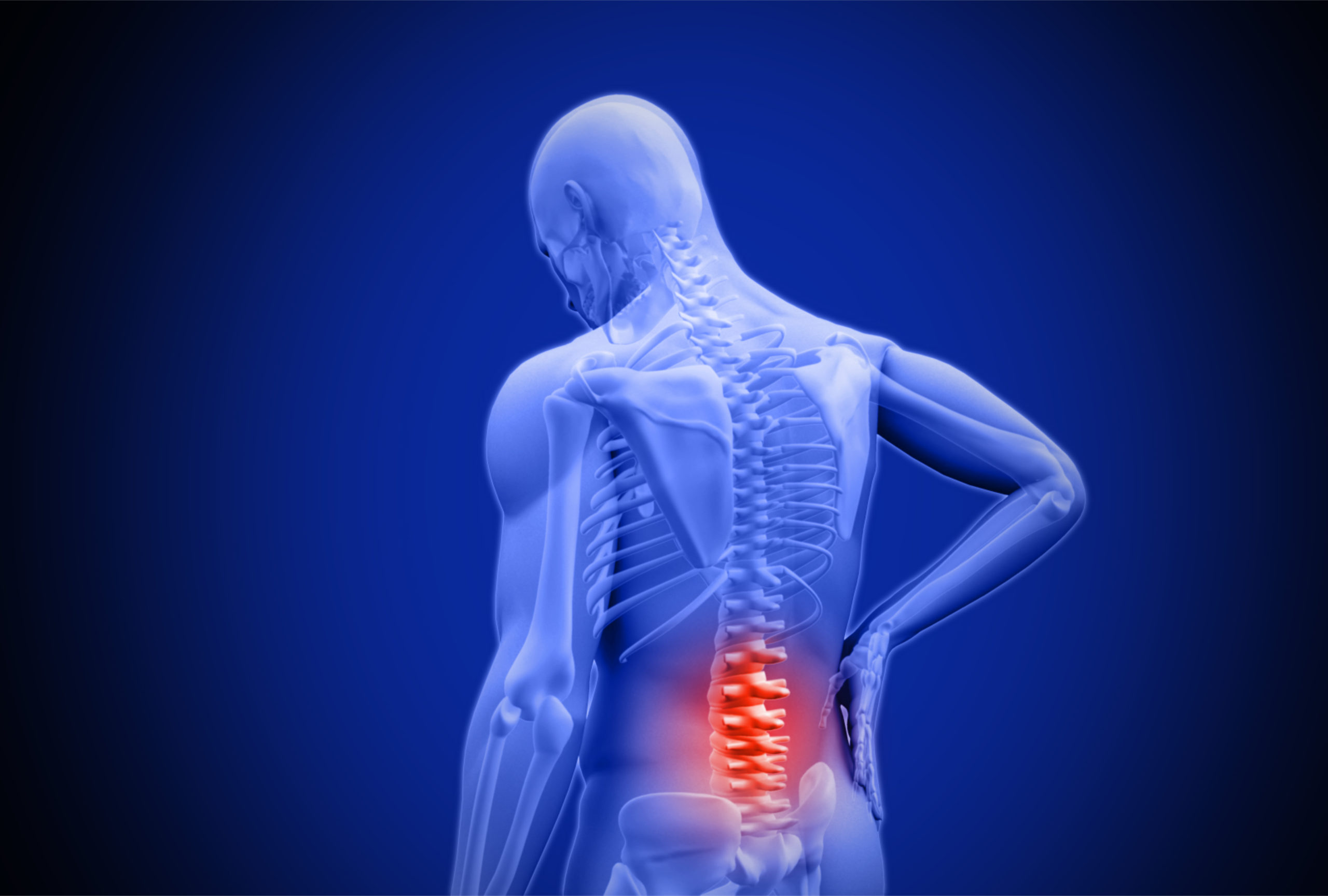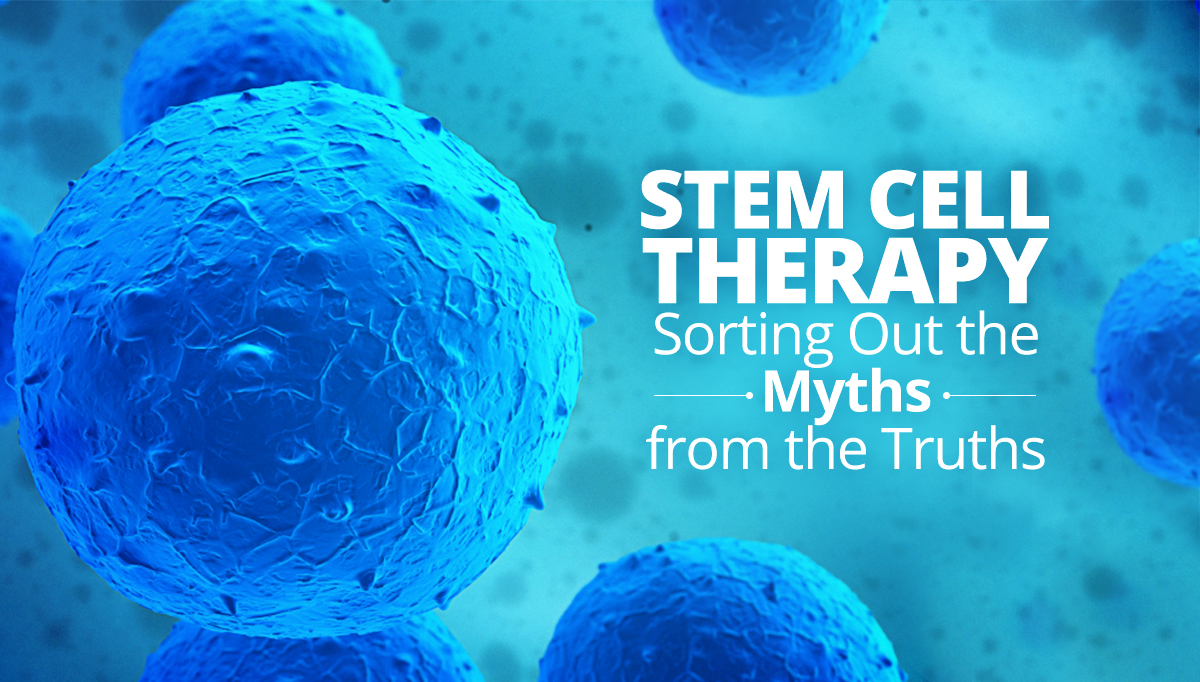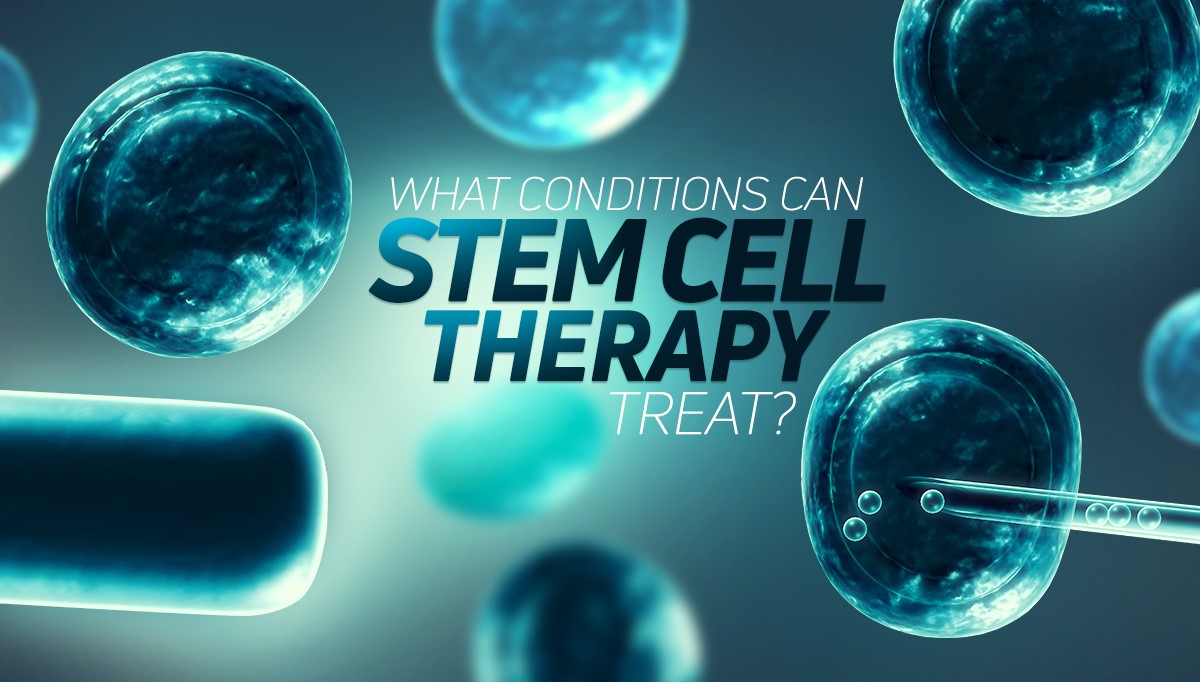When you’re suffering from pain or injury, there are many ways to begin your relief and recovery process. The most common procedures are often surgery, pain medication, or even a combination of both. While pain medication and surgery have their uses, there is often another pain relief method that many have not considered: regenerative medicine.
One of the biggest reasons for stem cell therapy over other pain relief methods is its non-invasive nature. There’s no anaesthesia, no operating room, and no extended downtime after the procedure. With stem cell therapy, you are able to have your procedure handled in an outpatient setting and you are free to simply walk out of the clinic immediately afterwards. Regenerative medicine such as stem cells and Platelet Rich Plasma has the ability to work with ligament injuries, back pain, joint paint, and even weakness in the muscles and joints. This is only scratching the surface of what stem cells can offer, and the potential is limitless.
Stem cell therapy can also help you manage pain by getting rid of the pain altogether. Patients suffering from pain can be at risk of depending too heavily on regular medication to relieve the pain. However, this only works with the pain sensations and does not do anything to tackle the causes of the pain. This is what separates it from regenerative medicine, which will use stem cells to regenerate into the damaged tissue or other cells in order to help heal the affected area of the body.
To learn more about how stem cell therapy may be the ideal pain management solution for your discomfort, contact us at Solstice Health to book a consultation today!





